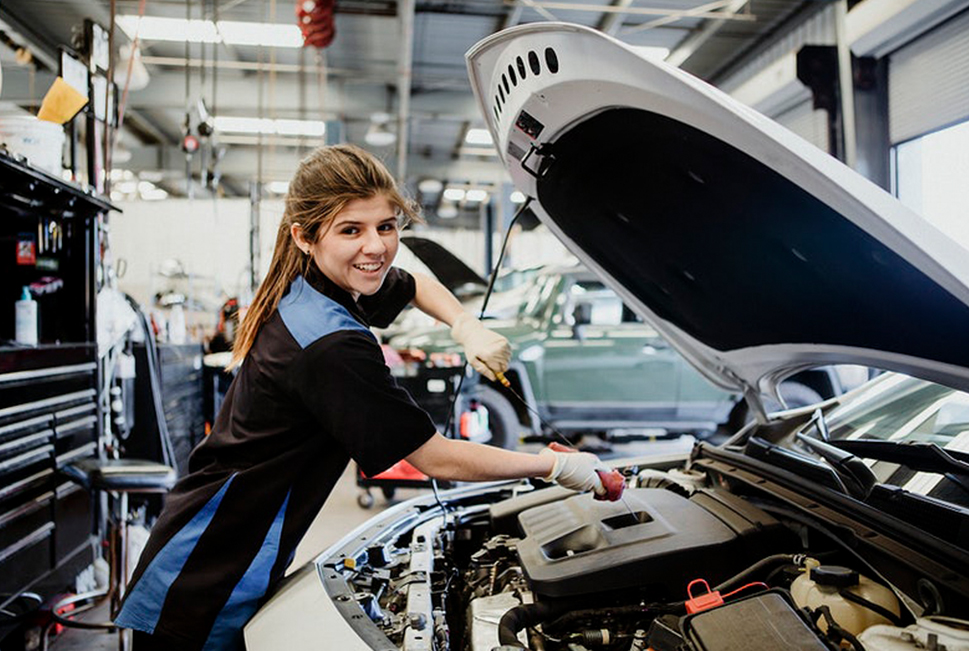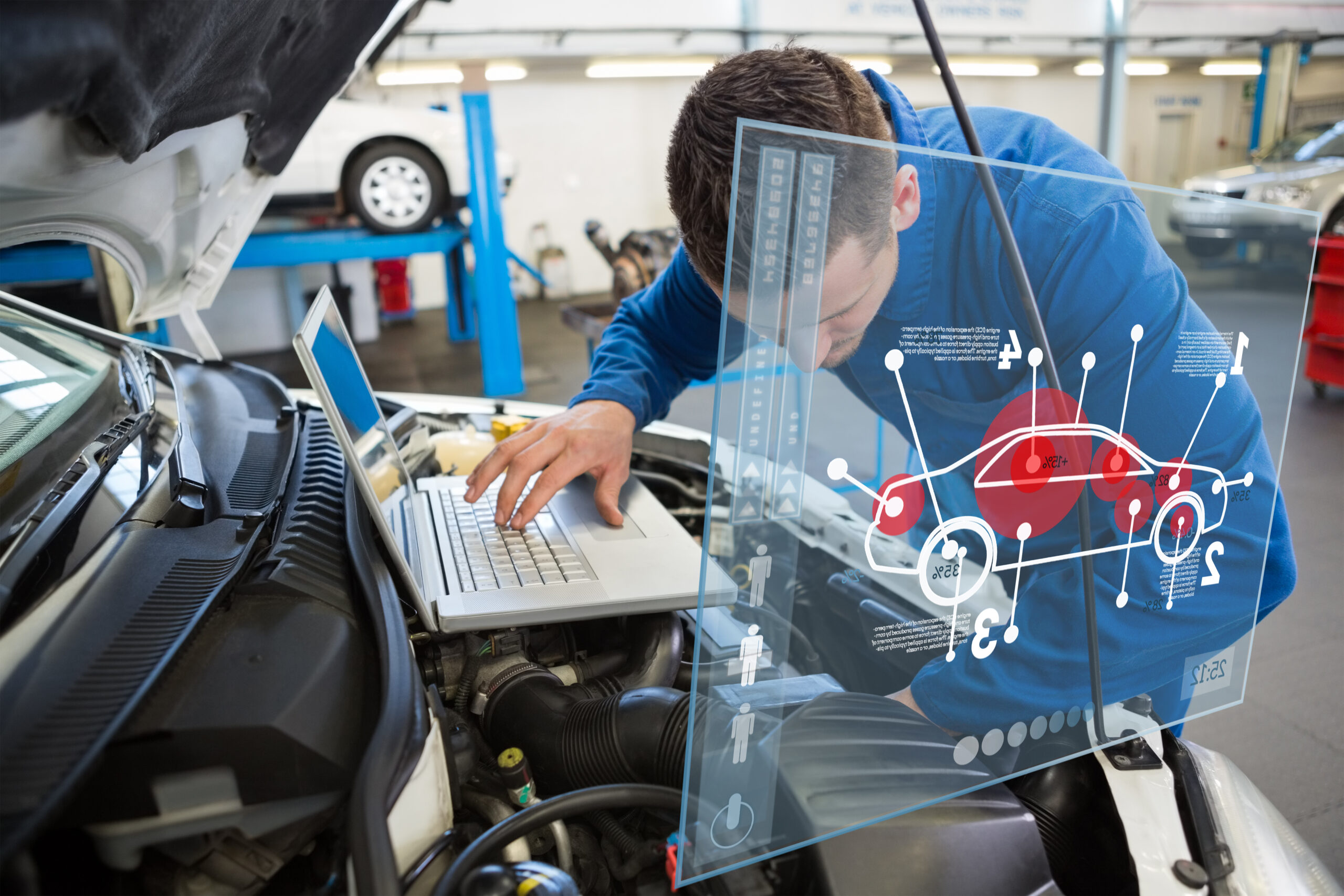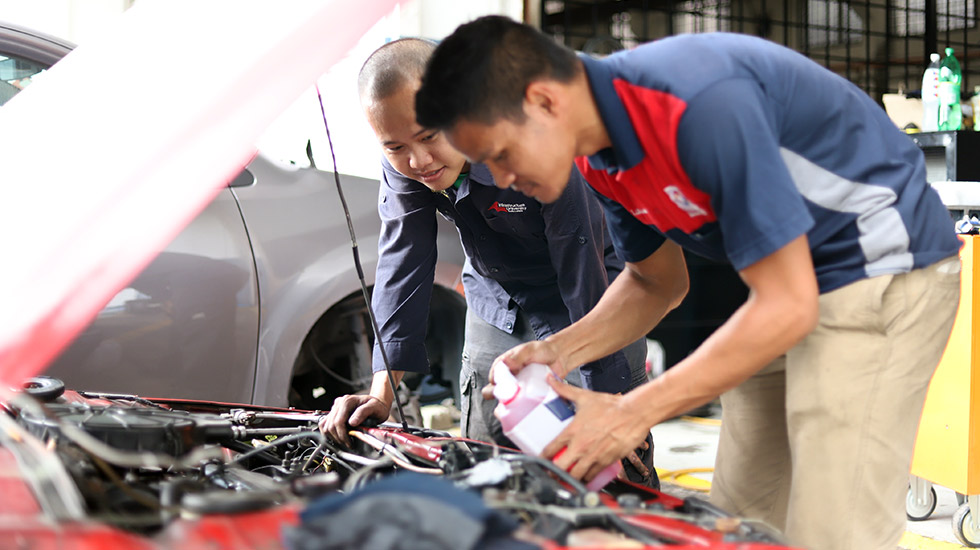You Know You Are a Model Rail Fanatic If You Find Yourself Here

Employees at the local hobby store know you by name and automatically page the manager to come help you.
You’ve ever sold a perfectly good freight car because you’ve decided to go with different decals.
You routinely order flowers for your wife on days when you’re going to go buy railroading gear as a means of ‘mellowing the horn.’
You daydream about the kinds of layouts that would fit on scrap pieces of plywood you see when passing construction sites.
You’ve nearly or have wrecked your car because seeing a train in the distance distracted you from the road.
You will spend time arguing over the correct pronunciation of ‘Kato’.. and even know why that’s relevant.
You’ve written letters to toy companies complaining that their toys or model kits aren’t usable on your train layout because they never use HO scale.
If you routinely pad the length of your layout’s scale miles in order to ‘fish tale’ it to other model railroaders.
A routine party conversation you like to strike up is comparing the merits of DCC versus cab control.
You’ve used the argument that your new rail car matches your wife’s eyes as a way to justify the purchase.
You’ve spent hours reconstructing the decal on a boxcar in order to modify the road number.
You know what a road number IS.
You refuse to buy a train car because the ribs, axles, or another detail don’t exactly match true life.
You’ve torn up carpeting in your home in order to put in flooring more sympathetic to dropped railroad parts..
Someone has given you a stack of old newspaper, a bag of foam, and a box of Hydrocal as a gift and you were teary-eyed with joy.
And the number one indicator that you’re a model railroading fanatic:
Your greatest disappointment was showing off your layout to friends and family and the only question you get is ‘How much did all of this cost?’
*** BONUS INFORMATION ***
Common Terms for Model Railroaders
Like any other hobby or endeavour that draws many people together, model railroading has collected its share of jargon and unique phrases over the years. Some of these come directly from the railroad industry itself, but many are unique to model railroading.
If you’re finding yourself having a hard time communicating with some other railroad enthusiasts, maybe this little dictionary will help you.
Backdrop – a painted or photographic background for a layout, either as a whole or for specific scenes. Most backdrops are mounted on walls or standing braces or frames.
Ballast – on a real railroad, this is the crushed rock or gravel placed between the ties to keep them from moving. On a model railroad, it can refer to the simulated ballast between ties on the track or to small weights added to a car in order to lower its centre of gravity to prevent tipping or derailing.
Balsa – is short for balsa wood, a lightweight and easily-carved wood often used in model construction.
Benchwork – the framework or foundation of a train layout. It is to model railroading what concrete foundations are to large buildings: somewhat boring, but indispensable.
Block – an isolated section of track which, electrically, is separated from others. This is used for a variety of purposes, usually to allow trains to travel in either direction, to allow for signalling and semi-automated ‘stops’ and to avoid short circuits.
Bolster – refers to several things, depending on context. It’s the part of the railroad car body that connects the truck’s pivot to the body of the car. It also refers to the cross members underneath the body of some cars. It’s also the piece between side frames on the trucks (see below).
Branch – a short section of track that diverges from the mainline to serve a town or industry.
Bumper – the physical barrier built at the end of a spur to keep the train from running over the edge.
CA – Cyanoacrylate or ‘super glue’ used to bond metal and plastic.
Cab Control – using individual power packs to control individual trains, usually by combining blocks of track.
Catenary – the overhead lines for electric locomotives or trollies.
Code – the height of the rail in thousands of an inch (i.e. Code 83 = 0.83′ high).
Command Control – the central control station for sending signals through the rails of a setup. Usually refers to signals that can be used to control multiple trains on the same track using advanced electronics.
Consist – is the list of cars that make up a train (e.g. ‘boxcar x 3, tanker x 2, flat, boxcar 3x (MT)’).
Craze – when a glue ruins the surface of plastic.
Crossover – two parallel turnouts that allow a train to move from one track to another.
Cut – a string of cars. Can also refer to a cut taken from a hillside, usually leaving a sheer sidewall.
Dry brushing – using very little paint on the tip of a brush to highlight details or weathering.
Duckunder – to bend down under some benchwork to get to a different area of the layout.
Fiddle Yard – a hidden track area where operators can move cars around by hand.
Fill – added in dirt or materials (in model railroads, this usually means foam) to bring a grade up to level.
Flash – thin pieces of metal or plastic left on a cast object.
Flextrack – flexible track sections that can be positioned as desired then nailed down to become rigid.
Freelance – to make up your own layout design (not based on history or reality).
Frog – the point where a track’s rails cross over the turnout rails in a switch.
Gauge – the distances between rails.
Grade – the angle of the rise or fall of a section of track.
Ground Foam – synthetic rubber or foam that’s been dyed to resembled ground cover.
Hardshell – scenery that is part of the landscape, such as hills, mountains, and the like. Usually these are papier mache.
Helix – a spiral of tracks that raises or lowers, usually to move trains to a different level of a layout.
Helper – an add-on locomotive to help a train get over a grade.
Homasote – paperboard usually used for roadbed on layouts.
Journal – the load-bearing part of the axle riding in the support bearing or sideframe.
Kitbashing or Kitmingling – mixing parts of railroad kits to make your own.
Main Line – the portion where rail travel is heaviest.
Module – a section of layout built to specific dimensions or standards in order to match up with other modules to form a larger layout. Popular in model rail clubs.
NMRA – National Model Railroad Association
Points – the moving sections of a turnout or switch.
Prototype – the real life, actual item that is being modelled.
Rail Joiner – folded metal used to connect a butt joint between two rails.
Reefer – refrigerated box car.
Roadbed – the foundation for track laying.
Rolling Stock – the cars on a train.
Scale – the proportions vs. the prototype that a model is built on.
Scratch building – building a setup from scratch without kits.
Scribe – to score a cut, but not go all the way through. Used often for bending, marking, or similar modelling tasks.
Solder – metal, such as lead, that melts at low temperatures and is used to connect brass pieces or electrical points (Soldering).
Styrene – short for polystyrene, the plastic most often used in modelling.
Superelevation – to bank tracks on a curve to allow the train to move at higher speeds.
Switch – a track that allows trains to swap routes or move to another section in real-life, but in modelling this refers to the electrical connections on a track point.
Tender – the car that carries fuel and water for a steam engine.
Throat – the point in a rail yard where all of the tracks converge.
Truck – the wheel assembly on a train car.
Turnout – a switch that allows movement from one track to another. This is the modeller’s term for a real-life ‘switch’.
Weathering – simulating age and use on items in a layout.
Wye – or ‘Y’ is a left-right fork of track.
Yard – a grouping of tracks, usually at a terminal or other focal point, where trains are sorted, staged, and recombined.



